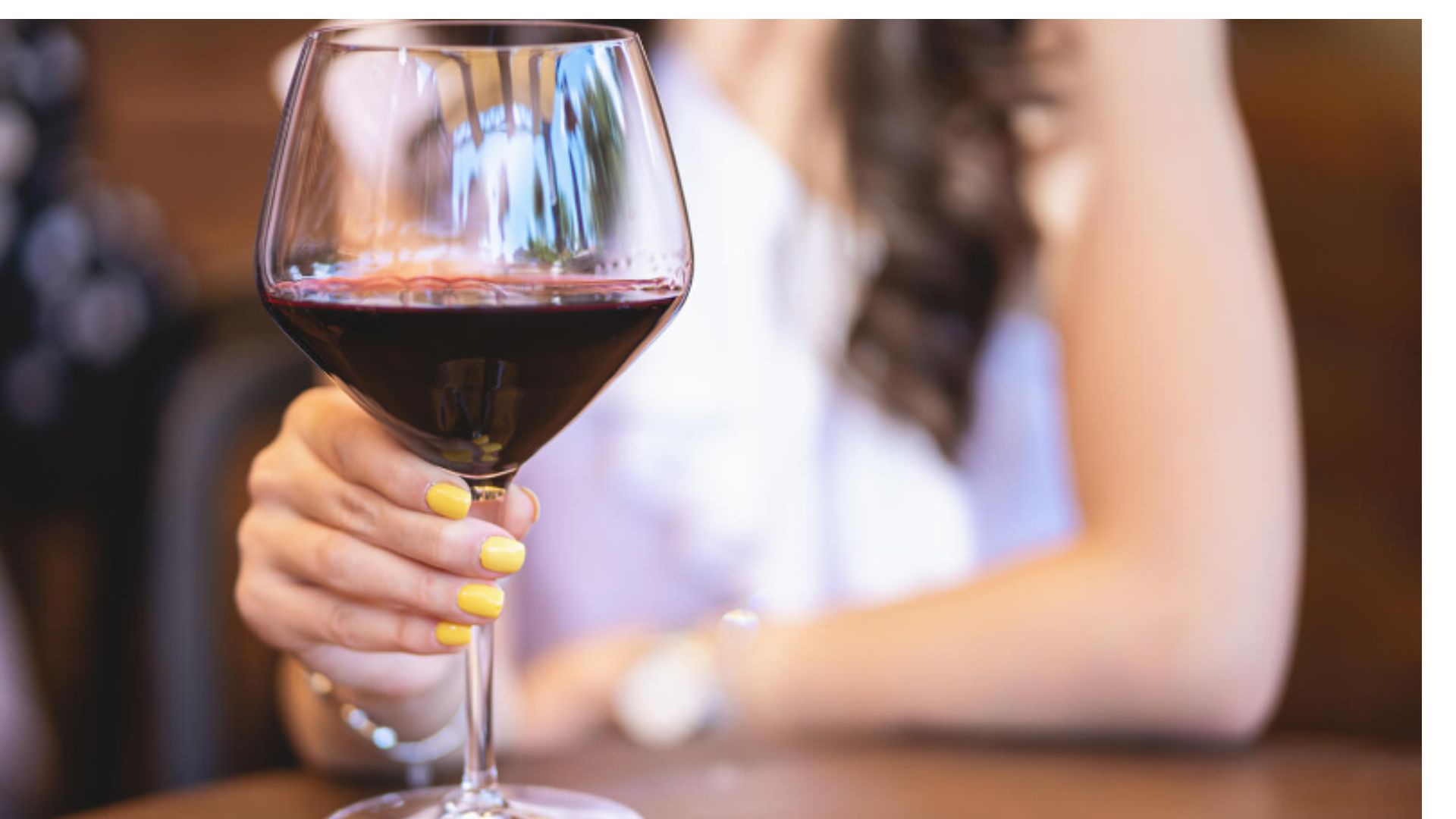Many people have a strong mental image: a perfectly chilled bottle of white wine or a robust red wine served at room temperature. But is room temperature really the ideal serving temperature for all wines? This blog post explores the world of wine temperature, exploring the myth and method behind serving wine at room temperature.

Demystifying Room Temperature
The notion of room temperature serving for wine likely originated in cooler European cellars. In addition, these environments, “room temperature” referred to a much cooler space than the average room temperature in most modern homes today. This belief is wrong! It leads many people to think all wines should be served at a similar, lukewarm temperature.
The truth is, room temperature is a subjective term. What constitutes “room temperature” can vary depending on your climate and the season. Also, a comfortable room temperature in the summer might be around 78°F (25°C), while a winter room temperature could be closer to 68°F (20°C). However, neither of these temperatures are ideal for most wines.
Wine Serving Temperature: The Science
Likewise, wine is a complex beverage, and temperature plays a crucial role in how we perceive its aroma and flavor profile. Furthermore, different types of wine contain various volatile compounds that contribute to their unique taste and smell. Temperature significantly impacts how readily these compounds release and interact with our senses.
Chilled Wines
Moreover, when a wine is chilled, the volatile compounds responsible for the aroma become less volatile. This means the bouquet, or the collection of aromas a wine presents, becomes less pronounced. However, chilling also helps to suppress bitterness and acidity, making lighter-bodied white wines, rosés, and sparkling wines taste crisper and more refreshing.
Warmer Wines
As the temperature of a wine increases, the volatile compounds become more volatile. Also, this allows the aromas to be released more readily, enhancing the bouquet. However, excessive warmth can also amplify bitterness and alcohol, making the wine taste harsh and unbalanced. Full-bodied red wines generally benefit from slightly warmer serving temperatures, allowing the fruit flavors and tannins to soften and become more expressive.
Finding the Ideal Serving Temperature for Your Wine
Now that we understand the impact of temperature on wine, how do you determine the ideal serving temperature for your specific bottle? Nevertheless, here are some key considerations:
Wine Type
Generally, lighter-bodied white wines, rosés, and sparkling wines are best served chilled between 45°F-55°F (7°C-13°C). Full-bodied white wines and lighter-bodied reds can be enjoyed slightly warmer, around 55°F-60°F (13°C-16°C). Full-bodied red wines often showcase their best qualities at slightly warmer temperatures, ranging from 60°F-68°F (16°C-20°C).
Personal Preference
Ultimately, the best way to enjoy wine is at the temperature you prefer. Experiment with different serving temperatures to discover what you find most enjoyable. Many wine bottles include serving temperature recommendations on the label, which can be a helpful starting point.
Beyond Room Temperature
Techniques for Achieving the Perfect Serving Temperature
Since room temperature isn’t always the ideal serving temperature, here are some techniques to achieve the perfect temperature for your wine:
Chilling
For white wines, rosés, and sparkling wines, an ice bath can quickly chill a bottle down to the desired temperature. Submerge the bottle in a container filled with ice and water for 20-30 minutes.
Warming
For red wines that benefit from slightly warmer temperatures, remove them from the refrigerator about 30 minutes before serving. Alternatively, you can place the glass of red wine in a bowl of lukewarm water for a few minutes.
Cellaring
For long-term storage, a wine cellar that maintains a consistent, cool temperature (around 55°F-60°F or 13°C-16°C) is ideal.
Conclusion
By understanding the science behind serving temperature and the impact it has on a wine’s aroma and flavor, you can move beyond the myth of room temperature wine. Jump into a world of bolder flavors and richer aromas! Experiment with different serving temperatures for various wine types. This exploration will unlock hidden depths in every sip. Remember, the most important factor is to enjoy your wine at the temperature you find most pleasurable. So, raise a glass, explore the world of temperature, and unlock the full potential of your next sip!




